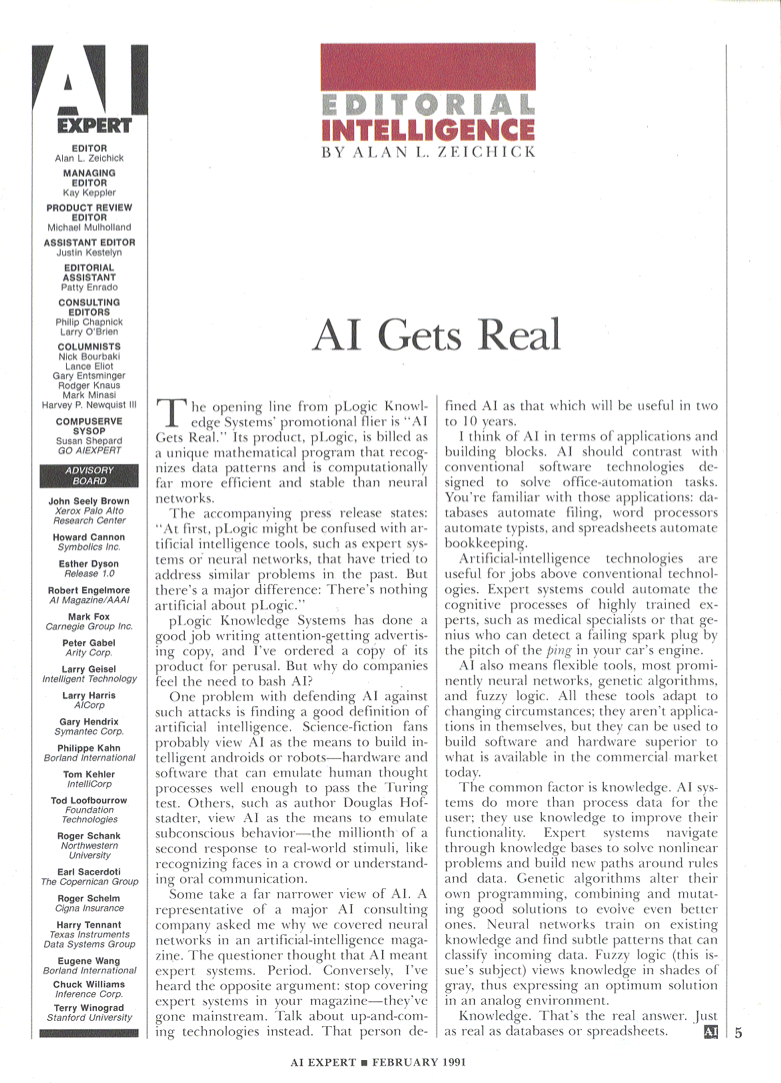The purchase order looks legitimate, yet does it have all the proper approvals? Many lawyers reviewed this draft contract so is this the latest version? Can we prove that this essential document hasn’t been tampered with, before I sign it? Can we prove that these two versions of a document are absolutely identical?
Blockchain might be able to help solve these kinds of everyday trust issues related to documents, especially when they are PDFs—data files created using the Portable Document Format. Blockchain technology is best known for securing financial transactions, including powering new financial instruments such as Bitcoin. But blockchain’s ability to increase trust will likely find enterprise use cases solving common, non-financial information exchanges like these documents use.
Joris Schellekens, a software engineer and PDF expert at iText Software in Ghent, Belgium, recently presented his ideas for blockchain-supported documents at Oracle Code Los Angeles. Oracle Code is a series of free events around the world created to bring developers together to share fresh thinking and collaborate on ideas like these.
PDF’s Power and Limitations
The PDF file format was created in the early 1990s by Adobe Systems. PDF was a way to share richly formatted documents whose visual layout, text, and graphics would look the same, no matter which software created them or where they were viewed or printed. The PDF specification became an international standard in 2008.
Early on, Adobe and other companies implemented security features into PDF files. That included password protection, encryption, and digital signatures. In theory, the digital signatures should be able to prove who created, or at least who encrypted, a PDF document. However, depending on the hashing algorithm used, it’s not so difficult to subvert those protections to, for example, change a date/time stamp, or even the document content, says Schellekens. His company, iText Software, markets a software development kit and APIs for creating and manipulating PDFs.
“The PDF specification contains the concept of an ID tuple,” or an immutable sequence of data, says Schellekens. “This ID tuple contains timestamps for when the file was created and when it was revised. However, the PDF spec is vague about how to implement these when creating the PDF.”
Even in the case of an unaltered PDF, the protections apply to the entire document, not to various parts of it. Consider a document that must be signed by multiple parties. Since not all certificate authorities store their private keys with equal vigilance, you might lack confidence about who really modified the document (e.g. signed it), at which times, and in which order. Or, you might not be confident that there were no modifications before or after someone signed it.
A related challenge: Signatures to a digital document generally must be made serially, one at a time. The PDF specification doesn’t allow for a document to be signed in parallel by several people (as is common with contract reviews and signatures) and then merged together.
Blockchain has the potential to solve such document problems, and several others besides. Read more in my story for Forbes, “Can Blockchain Solve Your Document And Digital Signature Headaches?”



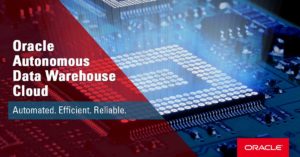


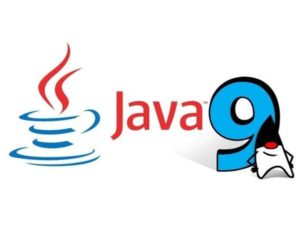
 Blockchain is a distributed digital ledger technology in which blocks of transaction records can be added and viewed—but can’t be deleted or changed without detection. Here’s where the name comes from: a blockchain is an ever-growing sequential chain of transaction records, clumped together into blocks. There’s no central repository of the chain, which is replicated in each participant’s blockchain node, and that’s what makes the technology so powerful. Yes, blockchain was originally developed to underpin Bitcoin and is essential to the trust required for users to trade digital currencies, but that is only the beginning of its potential.
Blockchain is a distributed digital ledger technology in which blocks of transaction records can be added and viewed—but can’t be deleted or changed without detection. Here’s where the name comes from: a blockchain is an ever-growing sequential chain of transaction records, clumped together into blocks. There’s no central repository of the chain, which is replicated in each participant’s blockchain node, and that’s what makes the technology so powerful. Yes, blockchain was originally developed to underpin Bitcoin and is essential to the trust required for users to trade digital currencies, but that is only the beginning of its potential. DevOps is a technology discipline well-suited to cloud-native application development. When it only takes a few mouse clicks to create or manage cloud resources, why wouldn’t developers and IT operation teams work in sync to get new apps out the door and in front of user faster? The DevOps culture and tactics have done much to streamline everything from coding to software testing to application deployment.
DevOps is a technology discipline well-suited to cloud-native application development. When it only takes a few mouse clicks to create or manage cloud resources, why wouldn’t developers and IT operation teams work in sync to get new apps out the door and in front of user faster? The DevOps culture and tactics have done much to streamline everything from coding to software testing to application deployment. New phones are arriving nearly every day. Samsung unveiled its latest Galaxy S9 flagship. Google is selling lots of its Pixel 2 handset. Apple continues to push its iPhone X. The Vivo Apex concept phone, out of China, has a pop-up selfie camera. And Nokia has reintroduced its famous 8110 model – the slide-down keyboard model featured in the 1999 movie, “The Matrix.”
New phones are arriving nearly every day. Samsung unveiled its latest Galaxy S9 flagship. Google is selling lots of its Pixel 2 handset. Apple continues to push its iPhone X. The Vivo Apex concept phone, out of China, has a pop-up selfie camera. And Nokia has reintroduced its famous 8110 model – the slide-down keyboard model featured in the 1999 movie, “The Matrix.”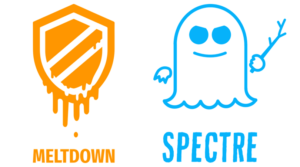 Spectre and Meltdown are two separate computer security problems. They are often lumped together because they were revealed around the same time – and both exploit vulnerabilities in many modern microprocessors. The website
Spectre and Meltdown are two separate computer security problems. They are often lumped together because they were revealed around the same time – and both exploit vulnerabilities in many modern microprocessors. The website 






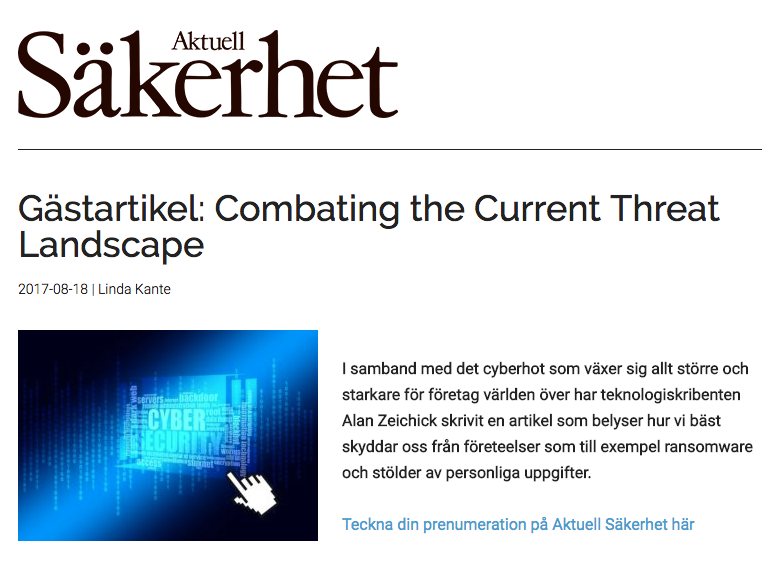

 When the little wireless speaker in your kitchen acts on your request to add chocolate milk to your shopping list, there’s artificial intelligence (AI) working in the cloud, to understand your speech, determine what you want to do, and carry out the instruction.
When the little wireless speaker in your kitchen acts on your request to add chocolate milk to your shopping list, there’s artificial intelligence (AI) working in the cloud, to understand your speech, determine what you want to do, and carry out the instruction. Millions of developers are using Artificial Intelligence (AI) or Machine Learning (ML) in their projects, says Evans Data Corp. Evans’ latest
Millions of developers are using Artificial Intelligence (AI) or Machine Learning (ML) in their projects, says Evans Data Corp. Evans’ latest 




 Agility – the ability to deliver projects quickly. That applies to new projects, as well as updates to existing projects. The agile software movement began when many smart people became frustrated with the classic model of development, where first the organization went through a complex process to develop requirements (which took months or years), and wrote software to address those requirements (which took months or years, or maybe never finished). By then, not only did the organization miss out on many opportunities, but perhaps the requirements were no longer valid – if they ever were.
Agility – the ability to deliver projects quickly. That applies to new projects, as well as updates to existing projects. The agile software movement began when many smart people became frustrated with the classic model of development, where first the organization went through a complex process to develop requirements (which took months or years), and wrote software to address those requirements (which took months or years, or maybe never finished). By then, not only did the organization miss out on many opportunities, but perhaps the requirements were no longer valid – if they ever were. Criminals steal money from banks. Nothing new there: As Willie Sutton famously said, “I rob banks because that’s where the money is.”
Criminals steal money from banks. Nothing new there: As Willie Sutton famously said, “I rob banks because that’s where the money is.”
 Ransomware is genuine, and is threatening individuals, services, schools, medical facilities, governments – and there’s no indication that ransomware is stopping. In fact, it’s probably increasing. Why? Let’s be honest: Ransomware is probably the single most efficient attack that hackers have ever created. Anybody can develop ransomware utilizing easily available tools; any cash received is likely in untraceable Bitcoin; and if something goes wrong with decrypting someone’s disk drive, the hacker isn’t impacted.
Ransomware is genuine, and is threatening individuals, services, schools, medical facilities, governments – and there’s no indication that ransomware is stopping. In fact, it’s probably increasing. Why? Let’s be honest: Ransomware is probably the single most efficient attack that hackers have ever created. Anybody can develop ransomware utilizing easily available tools; any cash received is likely in untraceable Bitcoin; and if something goes wrong with decrypting someone’s disk drive, the hacker isn’t impacted.